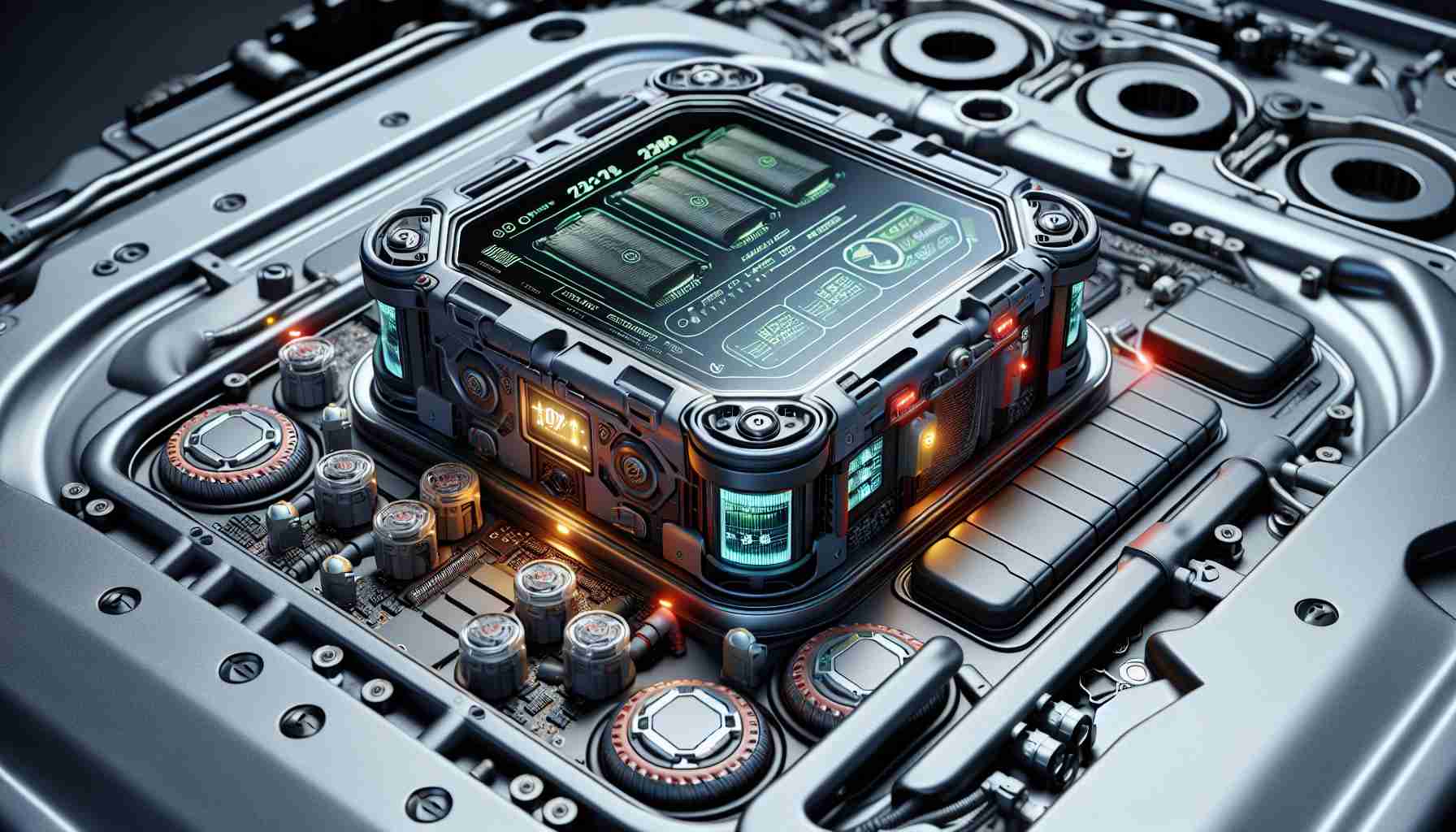In the rapidly growing electric vehicle market, the risk of sudden lithium-ion battery fires remains a pressing concern. Sandia National Laboratories is pioneering new methods to address this critical issue by enhancing early detection systems that go beyond the existing standard diagnostics.
Electric vehicles typically rely on battery management systems that monitor temperature and voltage, but these indicators often fail to provide timely warnings of potential fires. Recognizing this gap, Sandia’s team is working on extending the warning time before a catastrophic failure occurs. The objective is simple yet crucial: give drivers more time to safely park and vacate the vehicle.
Sandia’s approach involves advanced techniques like rapid Electrochemical Impedance Spectroscopy (EIS) and gas sensing. Rapid EIS measures changes in a battery’s impedance in near real-time, enabling the detection of issues long before traditional methods. Meanwhile, gas sensors can identify volatile organic compounds emitted early in battery degradation, offering another layer of early warning.
The focus of the current research is not just theoretical. Sandia’s Battery Abuse Testing Lab is actively putting these technologies to the test on both single-cell and full battery packs. They aim to make these diagnostic tools compact enough to integrate seamlessly into an electric vehicle’s existing battery management system.
While these innovations hold promise, more testing under various real-world conditions is necessary before they become a standard feature in electric vehicles. Sandia’s efforts represent a significant step forward in improving the safety of electric vehicles and could soon revolutionize how battery issues are detected and managed.
Could Advanced Detection Systems Eliminate Electric Vehicle Fire Risks?
The explosion of the electric vehicle (EV) market underscores a persistent challenge: the risk of lithium-ion battery fires. This threat triggers a vital question—how can we evolve technology to ensure safety and mitigate fire hazards? Sandia National Laboratories is at the forefront, exploring groundbreaking solutions that not only promise safety but also redefine future technological innovations.
Advanced Detection Technologies: A Game Changer?
While traditional battery management systems monitor basic temperature and voltage, the efforts by Sandia National Laboratories go beyond these parameters. Their work on rapid Electrochemical Impedance Spectroscopy (EIS) represents a true leap in battery diagnostics. Unlike conventional methods, rapid EIS detects changes at the impedance level in real-time, uncovering inconsistencies preemptively.
An additional layer of safety comes from advanced gas sensors that identify early emissions of volatile organic compounds during battery degradation. This sensor technology acts like an electronic nose, sniffing out problems long before a visible issue manifests. These innovations, crucial for the early detection of potentially catastrophic battery failures, prioritize preventative action over reactive measures.
Implications for Human Development and Technological Evolution
Could these new technologies signify a transformative shift in safety protocols? Undoubtedly, safer batteries are crucial not just for EVs but also for broader applications—smartphones, laptops, and even large-scale storage solutions. As battery technology becomes safer, we inch closer to more seamless integration of renewables into daily life, lessening our carbon footprint and fostering sustainable growth.
Advantages and Concerns
The prospective advantages are clear: more secure battery systems can reduce safety risks, bolster consumer confidence in EVs, and potentially save lives. Enhanced early-warning systems provide peace of mind, giving drivers critical time to respond effectively to battery failures.
However, the development of such intricate technologies involves potential drawbacks, primarily related to cost and complexity. Integrating advanced diagnostics into existing systems could increase manufacturing expenses, possibly trickling down to consumers. Moreover, these technologies require rigorous testing under diverse conditions to ensure reliability.
Addressing Doubts and Queries
– Could the added cost of these technologies slow down EV adoption?
While initial costs might rise, mass production and technology refinement could lower these expenses over time, offset by the increased safety and potentially lower insurance premiums.
– Are there environmental impacts of producing such high-tech components?
Although advanced sensors might carry environmental costs, their adoption in preventing fires could lead to less waste overall, as fewer battery failures translate to fewer discarded units and reduced resource wastage.
– Might other applications of this technology exist?
Absolutely. These detection systems can be adapted for various consumer electronics, leading to safer gadgets and potentially revolutionizing safety standards in tech industries worldwide.
The conversation around EV safety is evolving, driven by inquiring minds seeking to understand and conquer inherent risks. As Sandia Laboratories continues its critical work, the future of battery technology shines brighter with possibilities, poised to usher in a new era of technological safety and efficiency.
For more insights into technological advancements and electric vehicles, visit Sandia National Laboratories and U.S. Department of Energy.







